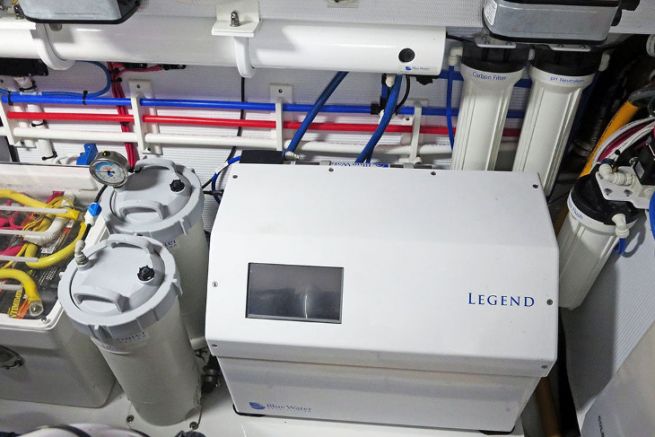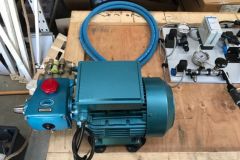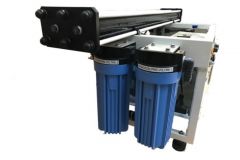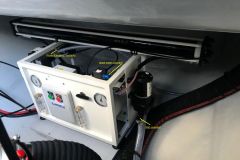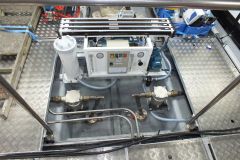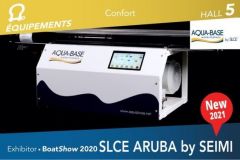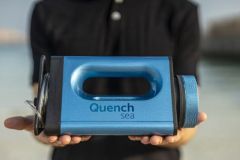Main filtration principles common to all watermakers
The devices on board pleasure boats all work on the principle of reverse osmosis. Desalination takes place using the same series of basic components that are always present: the filtration membrane, fed by low and high pressure pumps, with the water passing through a series of pre-filters. If we have already detailed this principle, it is a matter of distinguishing the major families of the recreational watermaker market by looking at their operation and the systems for optimizing their performance.
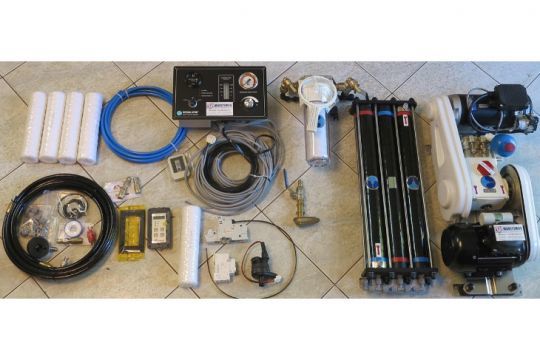
Supply the watermaker with energy
The main distinction between the different watermakers on the market is the source of energy used to drive the pumps and power the control panels and other controls.
The vast majority of the supply is electric, but differs in voltage.
Derived from the land-based markets, the machines present on large units and boats equipped with a generator, use 220V alternating current. If the technology is more than proven, it requires a 220V circuit which is not present on board many sailing boats.
Solutions using the direct current of the service batteries have therefore been developed. "These watermakers, in 12 V, 24 V and sometimes 48 V, are the most common on board pleasure yachts. The low pressure and high pressure pumps, as well as the controls are powered by the boat's battery bank." says Pierre Taillefer of the Compagnie Hydrotechnique.
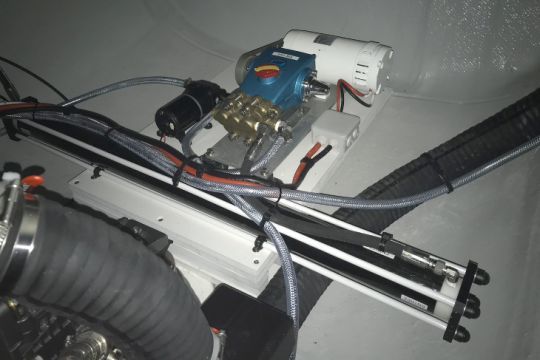
When the production of electricity on board the boat is limited, it may be intelligent to use other sources of energy. Thus, for a better efficiency, there are watermakers attached to the boat's propulsion engine. "They are often interesting in retrofit, on boats with low battery capacities, which would have had to run their engine anyway to get enough electricity to run the watermaker. The efficiency is better." explains the specialist of the Compagnie Hydrotechnique.
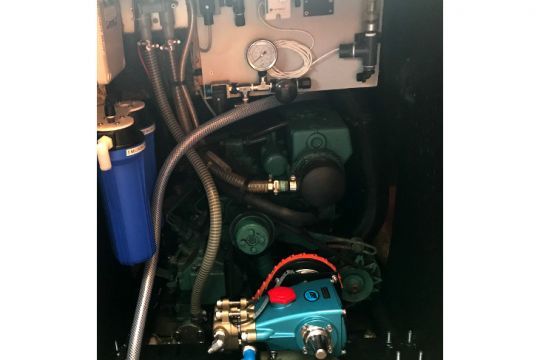
For offshore racing, boats without electricity or life rafts, hand-held watermakers exist. The hand operated pumps, with 30 strokes per minute, can produce up to 5 liters/hour.
Watermaker with energy recovery
High pressure DC pumps can be power hungry. For a simple reverse osmosis system in these voltages, the consumption approaches 1 Ampere/liter of fresh water produced. Manufacturers have therefore designed watermakers with energy recovery. Pierre Taillefer describes the principle: "A low-pressure DC booster pump, located below the waterline, is the only one powered by electricity. It sends seawater at 2 to 5 bars of pressure into the equivalent of the high-pressure pump, which is not powered by electricity. By a back and forth movement of pistons, like a turbo, it will amplify the pressure until it reaches the osmotic pressure of 60 bars and send it through the membrane. The salt-concentrated water remaining at the membrane outlet passes through the pressure amplifier to provide energy to the system before being rejected. We're coming up with power consumptions of 25 to 30 amps for 60 L/h, less than half of the conventional process."
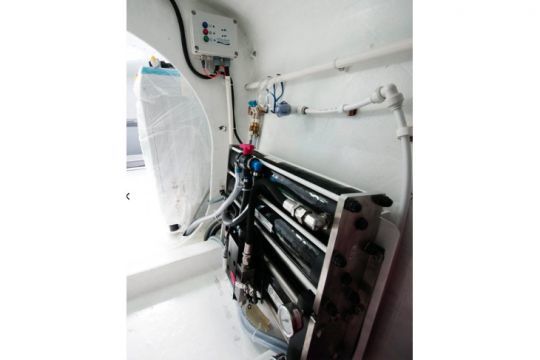
Watermakers can be distinguished by 2 main criteria, their energy source and the presence or absence of an energy recuperator.
